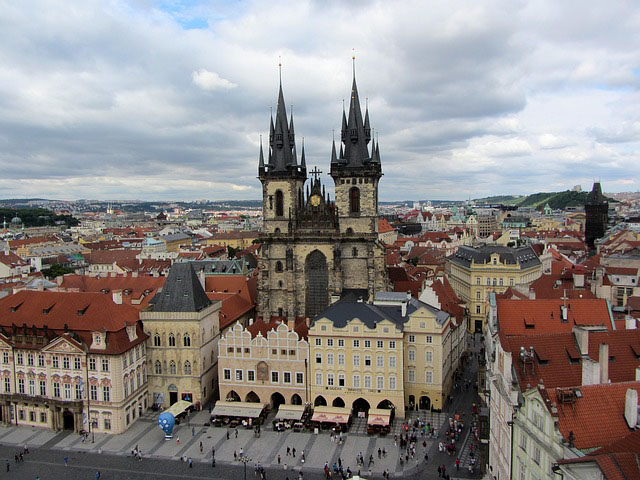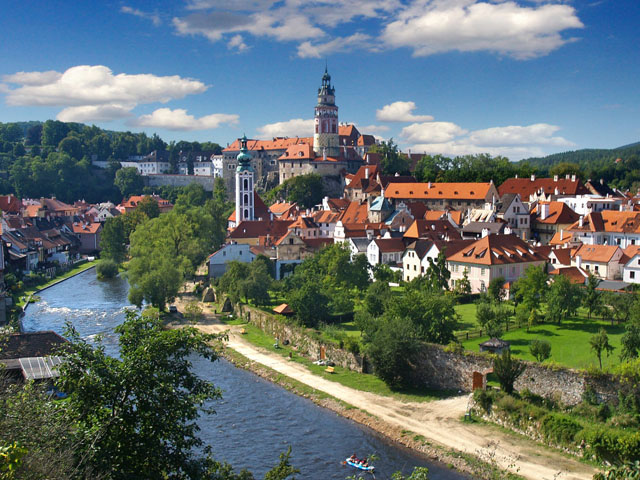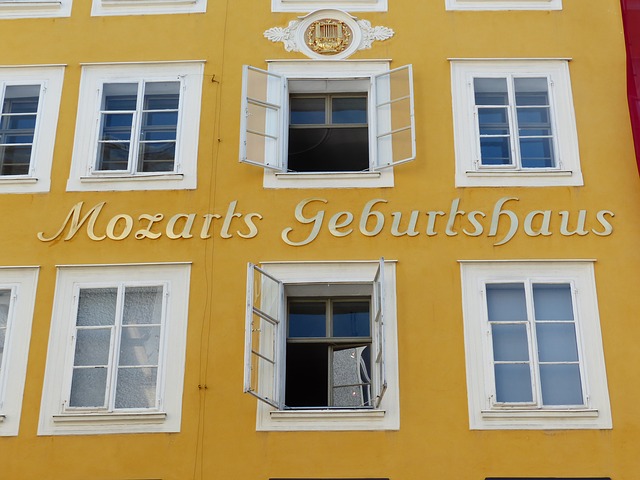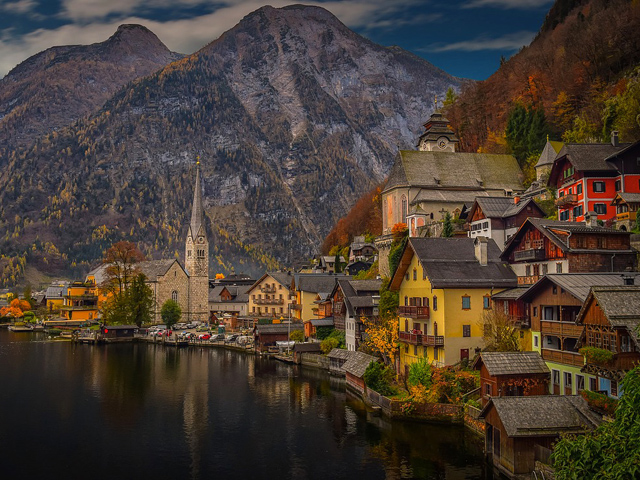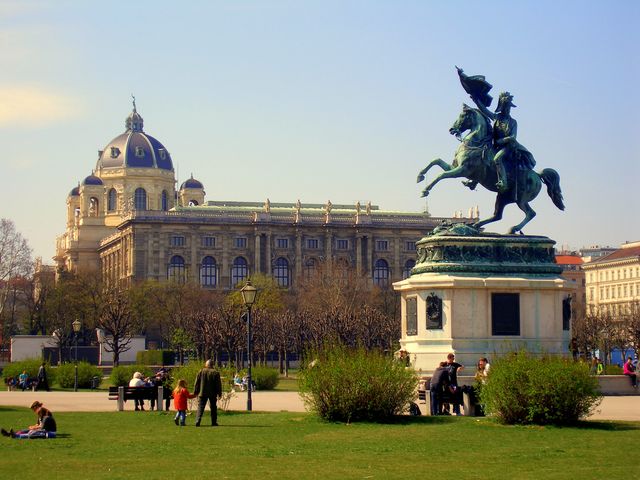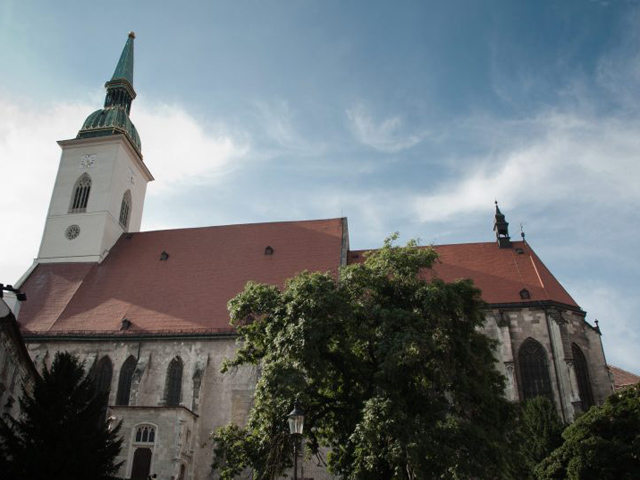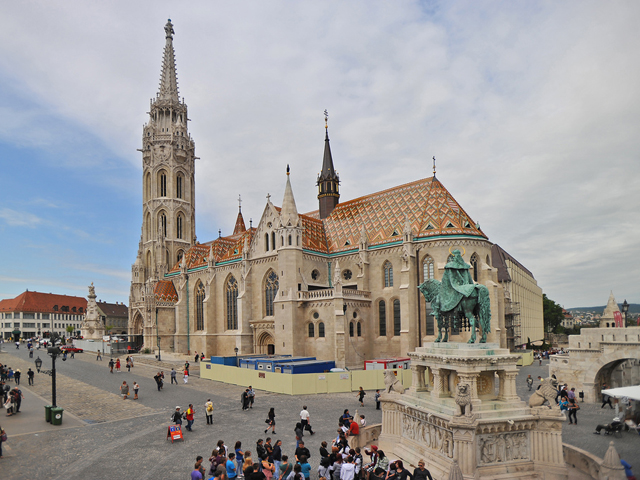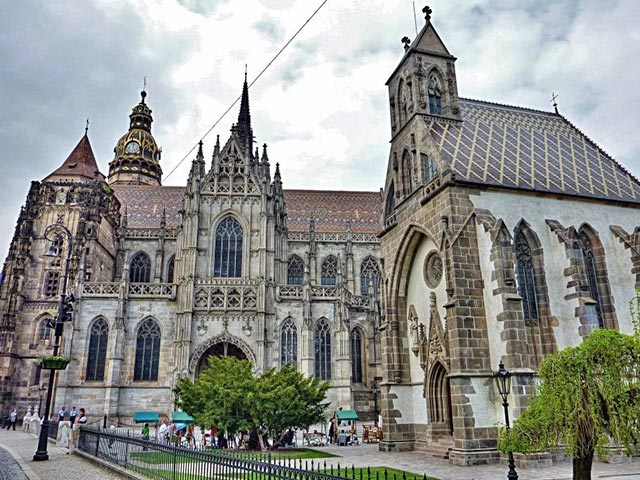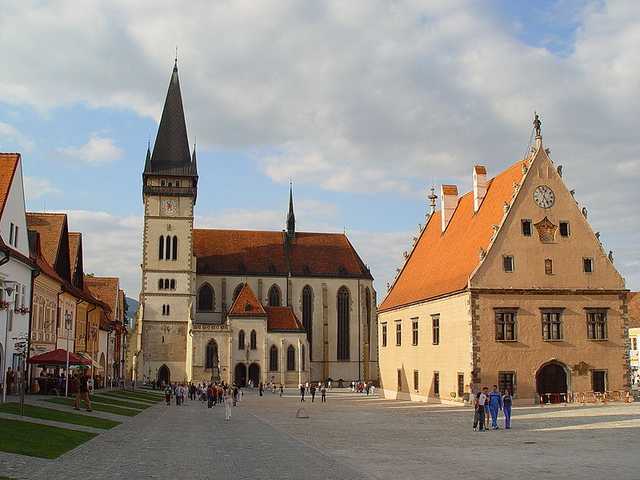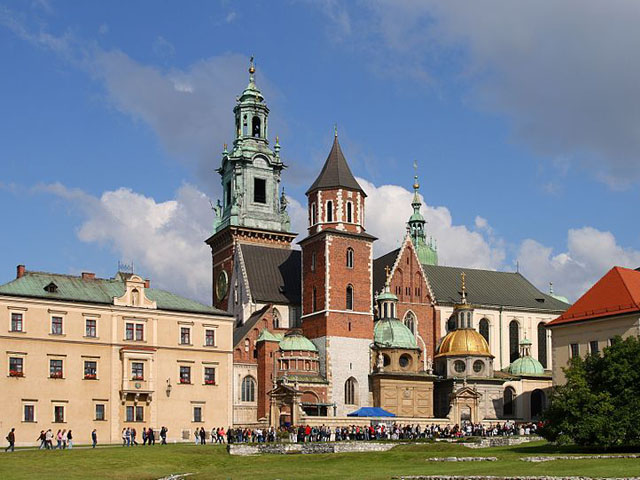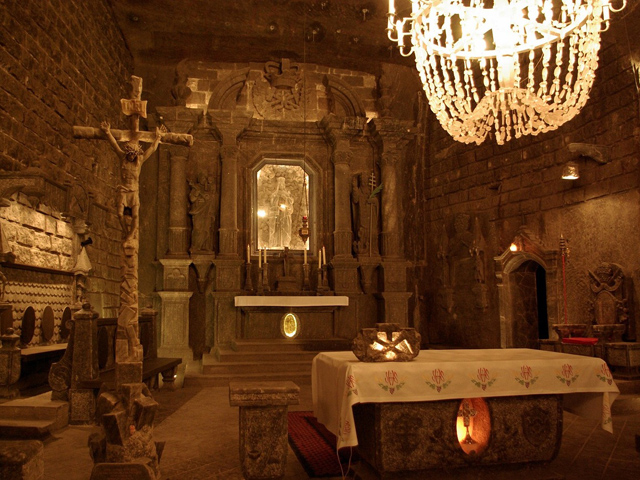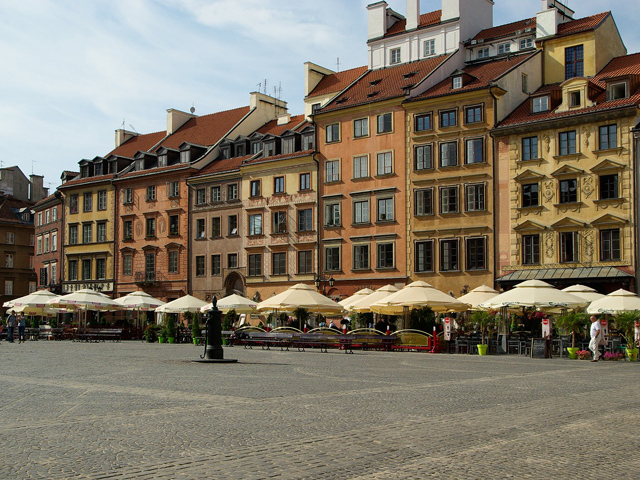Prague City Centre - Old Town
The historical centre of Prague is divided into five areas, spanning both banks of the Vltava River. Charles Bridge is the main pedestrian connection between the two.
On one side of the Vltava River is the Old Town (Stare Mesto), with the Old Town Square; the New Town (Nove Mesto), with Wenceslas Square; and the Jewish Quarter (Josefov).
On the other side of the river is the Lesser Town (Mala Strana), and the Castle District (Hradcany) with Prague Castle.
Cesky Krumlov - an outstanding example of a small Central European medieval town
Situated on the Vltava river banks, the town lies around a 13th-century castle with Gothic and Renaissance, and Baroque elements. Architectural heritage has remained intact thanks to its peaceful evolution over more than five centuries.
Mozart's Birthplace - Mozarts Gebursthaus
The house in which Wolfgang Amadeus Mozart was born on January 27, 1756, is now one of the most frequent world's visited museums.
Hallstatt settlement - the oldest one in Austria
The oldest salt mines in the world with subterranean salt lake and the mummy of a prehistoric miner - preserved in salt. The local museum depicts the history with 7,000-year-old artifacts.
Vienna City Centre
The central Innere Stadt's historic quarter is home to the Gothic St Stephen's Cathedral with its ornate roof tiles. Sense the ghosts of Habsburg rule as you wander around the living quarters of Austria's former royal family at the Hofburg imperial palace.
Daring contemporary art is on display at the Kunsthalle Wien. Admire the Habsburgs' summer residence at the Schonbrunn Palace.
St Martin's Cathedral - Bratislava
The largest and one of the oldest churches in Bratislava is known for being the coronation church of the former Kingdom of Hungary between 1563 and 1830.
St Martin's 85 m spires dominate the Old Town skyline.
Matthias Church - Budapest
The church is at the heart of Buda's Castle District, popularly named after King Matthias. The church was the scene of several Royal coronations, including Charles IV (the last Habsburg king) and weddings. The religious highlight of the interior is the Loreto Chapel, with a statue of the Virgin Mary and Christ made in 1515.
St Elisabeth Cathedral - the largest church in Slovakia
The dominant of the square and the town of Kosice is the monumental Gothic St Elisabeth Cathedral. Besides being the largest cathedral in Slovakia, it is also the easternmost situated Gothic cathedral of western type in Europe.
Bardejov - UNESCO World Heritage - a royal town with medieval buildings
The main square is surrounded by well-preserved Gothic and Renaissance burgher houses and fortification systems from the 14th and 15th centuries. Bardejov is also known as the Most Gothic town in Slovakia.
Wawel Castle Complex - UNESCO World Heritage
Wawel Complex is one of Krakow's most brilliant sights and a unique Polish landmark. This enclosed fortification, which includes palaces and a cathedral, is situated on Wawel hill. Wawel Cathedral was the place of royal coronations and also is a burial site for Polish kings.
Wieliczka salt mine - UNESCO site
The Wieliczka salt mine reaches a depth of 327 meters and is over 287 kilometers long. The mine features an underground lake and new exhibits on the history of salt mining. The 3.5 km touring route also includes historic statues and mythical figures carved out of rock salt.
Warsaw Old Town - UNESCO site
The picturesque Old Town of Warsaw represents examples of nearly every European architectural style and historical period. Other main architectural attractions include Castle Square with the Royal Castle and the iconic King Sigismund's Column, St John's Cathedral, Main Market Square, palaces, and churches.
